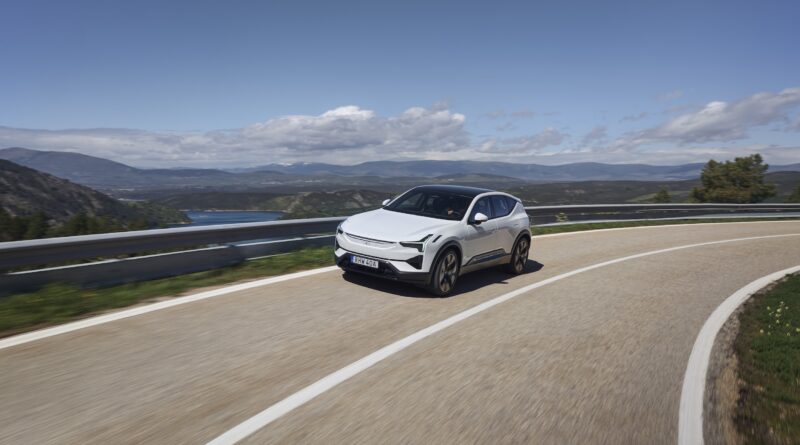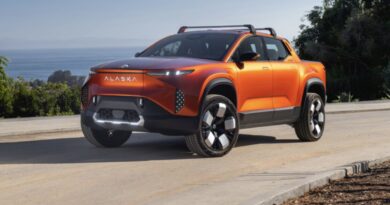Polestar 3 review: Large electric luxury SUV takes on Porsche, BMW, Audi and more
The Polestar 3 is the biggest and most luxurious car yet from this fledgling EV brand – and it’s a car Polestar hopes can tempt buyers that are searching for a large luxury SUV out of some big name brands.
The Polestar 3 is not about setting the EV sales world on fire, but is more a showcase for the design, technology and performance that is at the heart of the electric car specialist.
The large five-seat SUV has the likes of the BMW iX, Audi Q8 e-Tron and Mercedes-Benz EQE SUV in its crosshairs. It also hopes to tempt buyers out of the Porsche Cayenne, which Polestar nominates as one of its prime competitors (remembering the next generation Cayenne due in a couple of years will be EV only).
READ MORE: Polestar 3 family to grow with Single Motor model and BST performance version
READ MORE: Polestar’s plan to survive and thrive: Carving a space in the EV world
READ MORE: Battery breakthrough! Polestar 5 shows off ultra-fast 370kW charging
They’re big targets and they accompany a car oozing interesting design elements and a modern, tech-infused cabin.
While it’s an SUV the Polestar 3 is relatively low slung, with an emphasis on style and sportiness. The subtle front-mounted wing that gives the car some visual bulk while helping lower the aero drag is indicative of the attention to detail – and the effort that’s gone to in ensuring it’s a little bit different.
2024 Polestar 3 price and equipment
The Polestar 3 is priced from $132,900 plus on-road costs and comes exclusively as a five-seater.
That lack of a third row of seats could hurt it against its rivals, many of which have seven seats.

But Polestar believes the luxury focus and emphasis on driving dynamics gives it a point of difference.
For that you get two electric motors (a single motor model is due later) making a combined 360kW and 840Nm.
Step up to the Performance Pack for another $9000 and a software update boosts the maximum outputs to 380kW and 910Nm, in turn lowering the claimed 0-100km/h time from 5.0 seconds to 4.7 seconds.
While the motors are identical tech, the rear one is tuned to make up to 200kW and 490Nm whereas the front is limited to 180kW/420Nm.
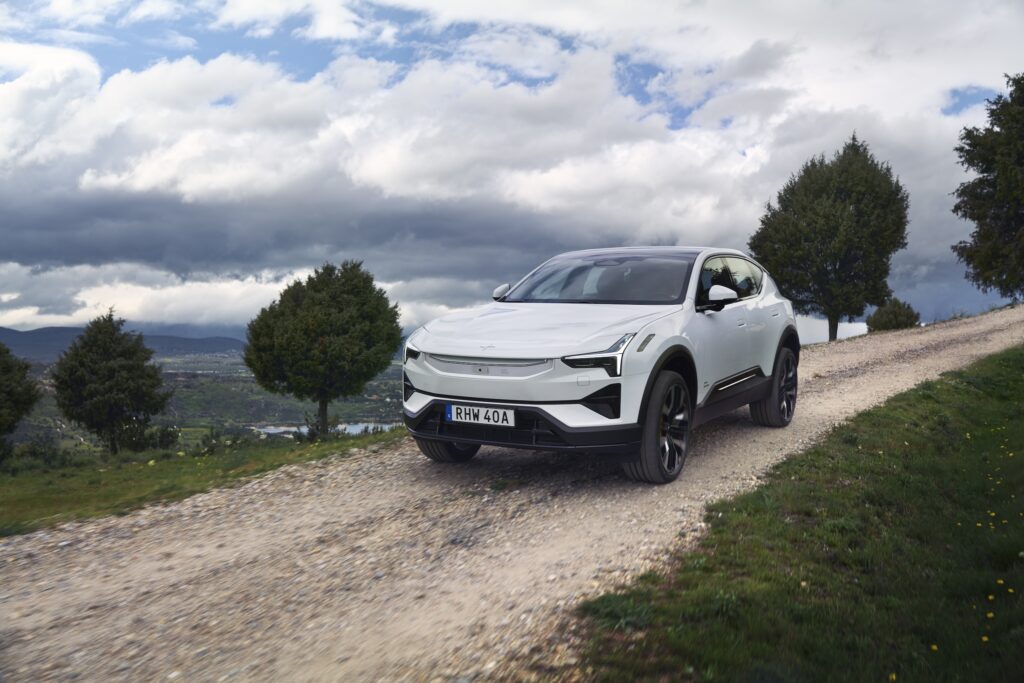
The Performance model – which is what we spent most time in during our European drive – also gets 22-inch wheels in lieu of the standard 21-inch hoops. Plus there’s gold-coloured seatbelts and gold Brembo brake calipers.
Both come with plenty of luxury fare and tech, including a 9.0-inch digital instrument cluster and 14.5-inch infotainment display arranged in a portrait configuration.
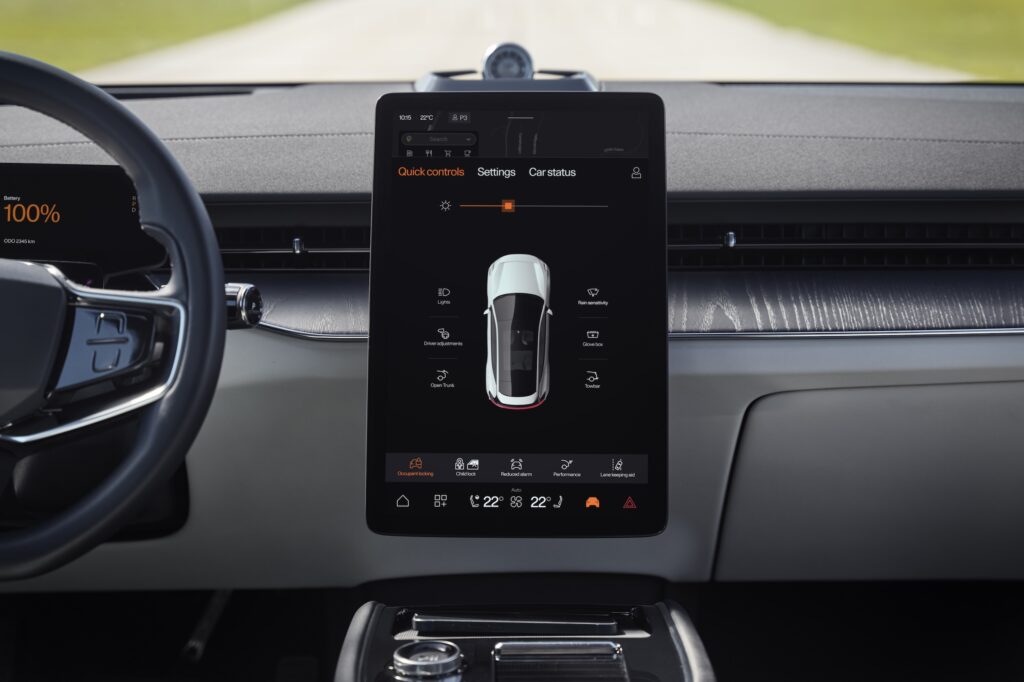
It runs the Android Automotive operating system so it has Google embedded.
You can still pair any phones, but the Google set-up means you can access the Play Store for additional apps while also having Google Maps included.
There’s also a 360-degree camera, wireless phone charging, three-zone ventilation, heated front seats, tyre pressure monitors, panoramic sunroof, electric front seats, powered tailgate and four USB ports.
Launch edition cars will also come with the Plus Pack that includes doors that suck themselves closed, heated rear seats, heated steering wheel, various eco trim elements and a 25-speaker Bowers & Wilkins sound system with Dolby Atmos (ordinarily the pack costs $9000).
You can choose various trims and materials inside, all of which are top quality.
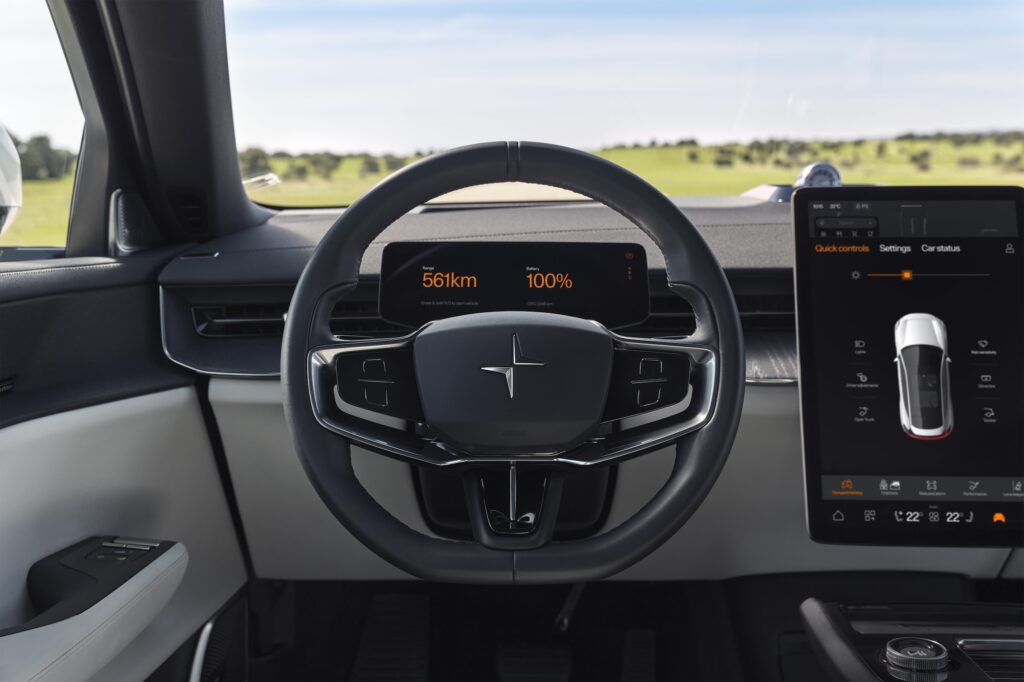
The MicroTech seat material looks and feels terrific, or you can go more traditional with Nappa leather.
Dash trim choices include black ash wood or aluminium and those upmarket soft finishes flow elsewhere, too, from mesh-like inserts and the choice of lighter hues, there’s a real luxury ambience.
Throw in some Swedish design minimalism – the cars are designed in Sweden with plenty of Volvo flavour, but ours will be built in China – and it makes for a seriously upmarket cabin.
Better than that, the Polestar 3 is different and interesting, for something unique in that large SUV segment.
When you’re spending big bucks that counts for something.
Polestar 3: What we think
The 2024 Polestar 3 starts with fresh genes in the form of the SPA2 platform (Scalable Product Architecture) that is also shared with the upcoming Volvo EX90.
Its low-ish roof line sets it up nicely for its sporty aspirations.
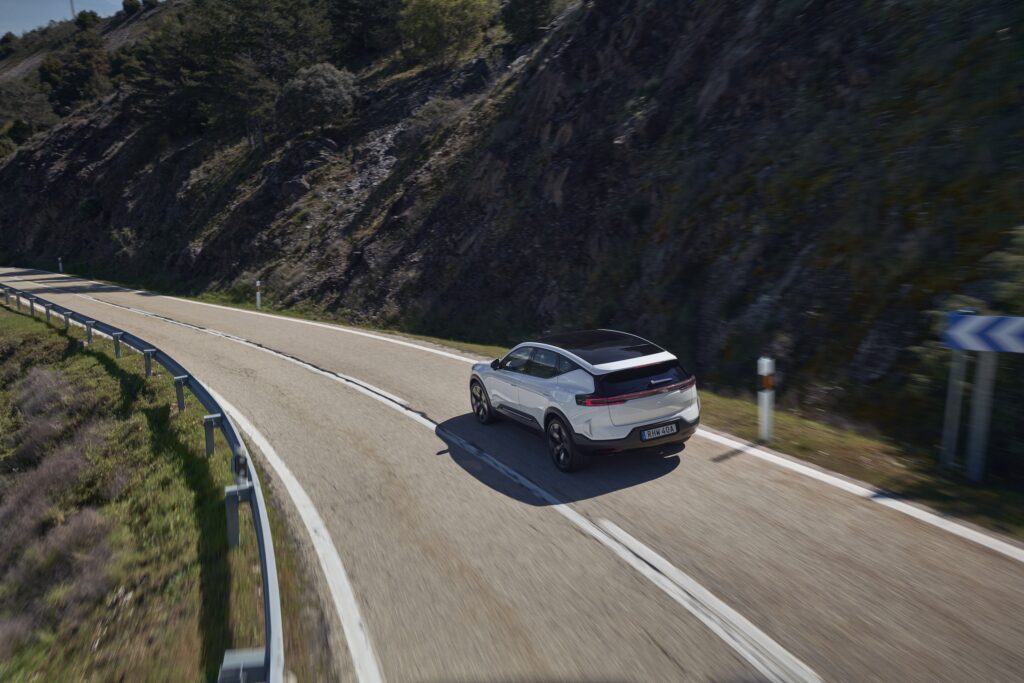
Riding on adjustable height air suspension – there’s even a high-riding off-road mode, although no spare tyre – the 3 also has a broad footprint.
All of which contributes to its on-road demeanour.
Over bumps it’s genuinely plush and comfortable, smothering all but the largest of imperfections.
Even riding on 22-inch wheels there’s impressive polish to the way the suspension goes about its business.

It’s quiet, too, and the body nicely controlled, making for an easy-to-live-with SUV that feels far more agile and engaging than its on-paper stats may suggest.
And it’s fun to drive, too, with progressive, well-weighted steering.
Electric torque vectoring helps feed drive to the outside rear wheel, helping point the car and endowing it with terrific mid-corner poise. It’s made possible by a clever dual-clutch rear differential that can apportion 100 per cent of the drive to either side of the car.
It’s an important factor in giving the Polestar 3 that athleticism and agility.
Dial up sportier drive modes and the dampers stiffen, but not to the point of upsetting the ride.
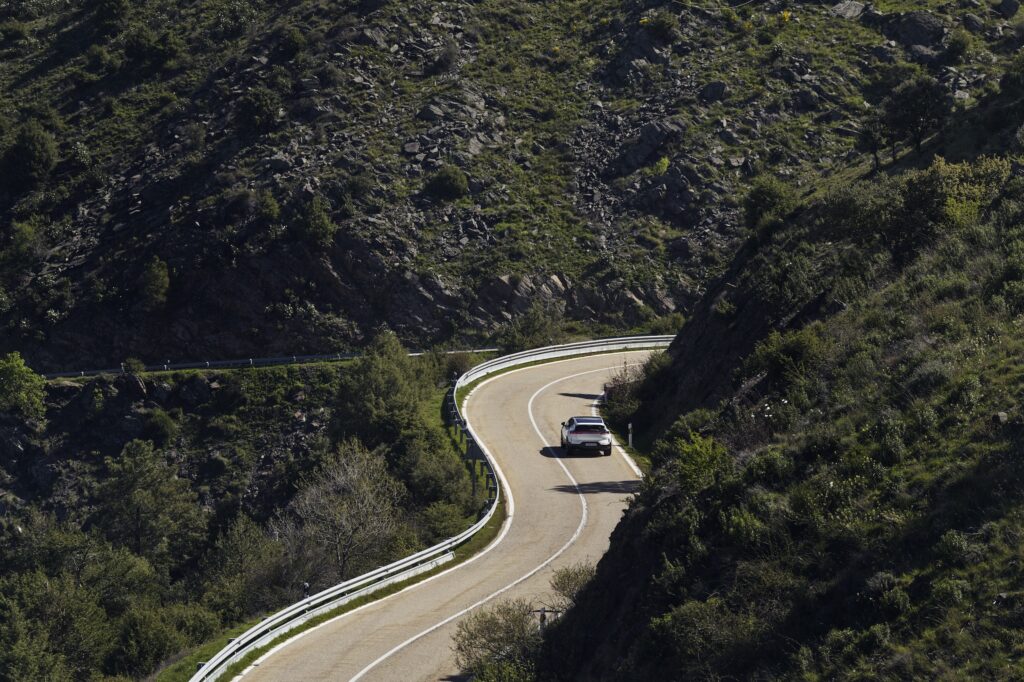
That ability to provide engaging dynamic ability along with everyday comfort is the real surprise with the Polestar 3.
And, of course, that luxury flavour is rammed home with the layout of the cabin
As a five-seater it pampers from any seat, with the flat floor aiding with legroom in the rear and the width of the cabin creating a sense of space.
There’s a generous 484 litres of luggage space out back (or 597L if you measure to the roof) and another 32 litres under the bonnet.
As with so many dual motor EVs there’s not the slightest issue with performance.
The Polestar 3 launches with intent and shuns more than 2.4 tonnes of heft by shoving you back into the nicely bolstered front seats.
We occasionally had the traction electronics hiccup when firing out of tight hairpins, but that’s when driven with the sort of enthusiasm few will aspire to in a car such as this. And it’s also while trying to unleash a whole lot of grunt.
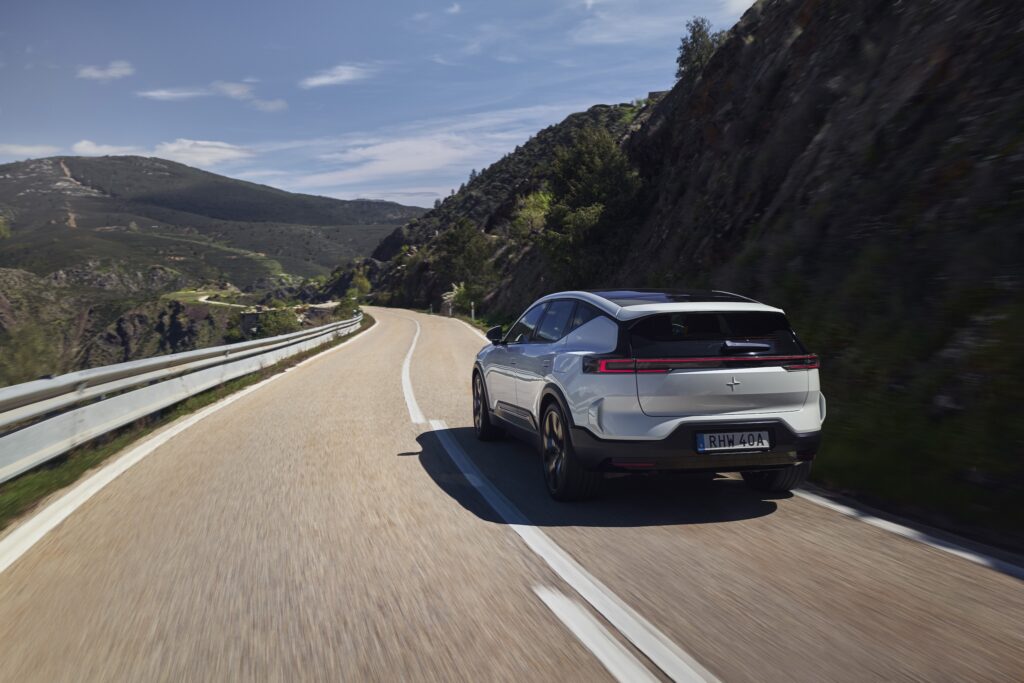
In all other situations there’s oodles of thrust that makes for easy acceleration.
Even in eco mode there’s decent pull, something made more impressive when you realise it’s only the front motor doing the work (the rear is cleverly disconnected temporarily to boost efficiency).
Polestar claims up to 628km of WLTP range, or 561km with the Performance Pack.
Our experience suggests something like 500km is closer to the mark, which still makes it a thoroughly useful EV. Utilise that front-drive mode, though, and you should be able to eke some more from it.
Home AC charging can be done at up to 11kW and when using a more common 7.4kW wallbox it’d be about 16 hours for a full charge.
Faster DC charging can be done at up to 250kW for a 10-80 per cent top-up in about 30 minutes.
2024 Polestar 3: Verdict
The Polestar 3 is the most convincing car yet from this young EV brand.
It’s also by far the most expensive, something that will seriously limit its firepower, especially when there’s so much depth to the circa-$150,000 SUV market.
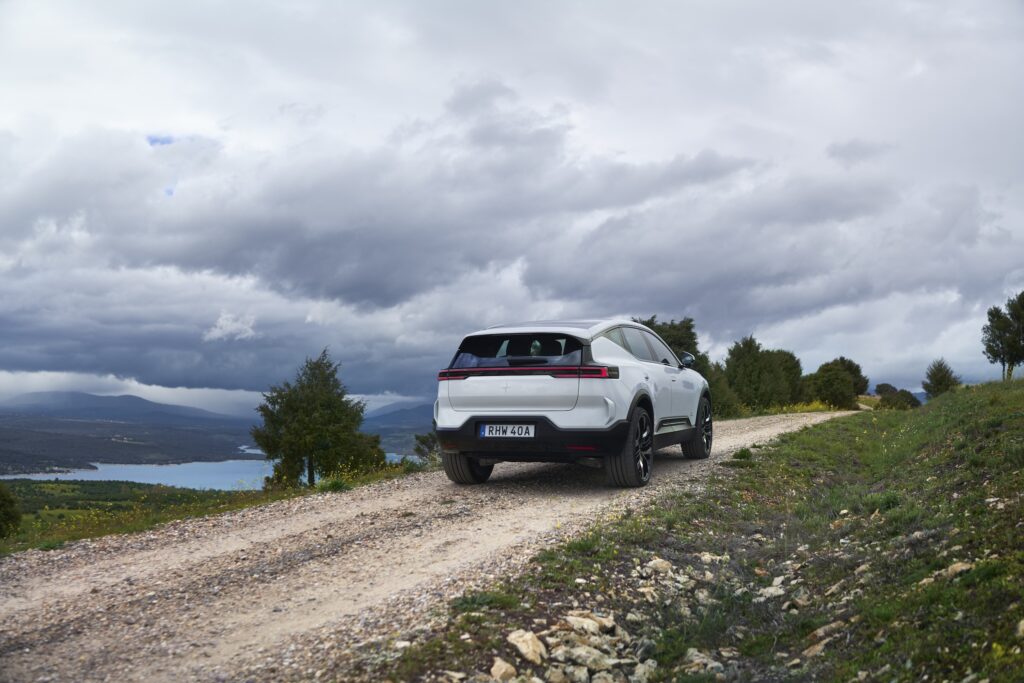
But with refreshingly modern design inside and out and compelling driving manners it makes the Polestar 3 an interesting alternative among a sea of familiar luxury marques.
Throw in a slick-looking and practical five-seat body and it effortlessly muscles into the premium SUV category, even if it’s unlikely to be a big seller (nor is it trying to be).
The Polestar 3 instead asserts itself as a worthy addition to the segment and the brand that is proud of doing things differently – while also nailing the luxury SUV basics.
Score: 4/5
2024 Polestar 3 specifications
Price: From $132,900 plus on-road costs
Basics: EV, 5 seats, 5 doors, SUV, AWD
Range: 449km
Battery capacity: 111kWh (107kWh usable)
Battery warranty: 8 years/160,000km
Energy consumption: 21.9-23.1kWh/100km
Motors: 1 front and 1 rear 380kW/910Nm
AC charging: 11kW, Type 2 plug
DC charging: 250kW, CCS combo plug
0-100km/h: 4.7 seconds

